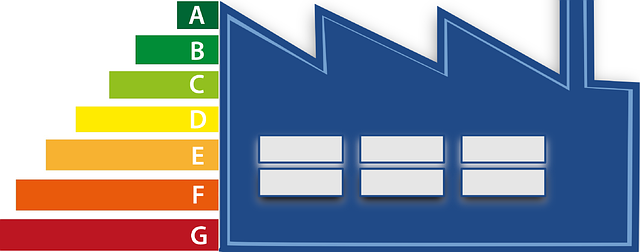As the world's population continues to grow, and our demand for energy increases, there is an urgent need for sustainable and renewable energy solutions. In recent years, we have seen significant advances in renewable energy technology that offer more efficient and cost-effective ways to harness clean energy sources such as wind, solar, and geothermal power.
One of the most exciting areas of renewable energy technology is in the field of solar power. Solar panels are becoming increasingly efficient and affordable, with new advancements such as perovskite solar cells showing promise in increasing solar panel efficiency while reducing manufacturing costs. Additionally, solar energy storage technologies such as batteries and thermal storage systems are also advancing rapidly, making it possible to store and use solar energy even when the sun is not shining.

Another area of renewable energy technology gaining momentum is wind power. Advances in wind turbine technology have led to the development of larger and more efficient turbines that can generate more electricity than ever before. Moreover, wind farms are being built in more remote and challenging locations, such as offshore in the ocean, where stronger and more consistent winds can be harnessed.
Geothermal power is another area of renewable energy that is gaining interest. This technology harnesses the Earth's natural heat to generate electricity, and it has the potential to be a reliable and consistent source of energy. Recent advancements in geothermal technology have focused on improving the efficiency of heat extraction and reducing the cost of drilling and installation.
Hydropower is another form of renewable energy that has been used for centuries, and recent advancements have made it more efficient and cost-effective. New technologies such as tidal turbines and wave energy converters are allowing us to tap into the power of the ocean, while improvements in hydroelectric dams are making them more environmentally friendly and less disruptive to local ecosystems.
In addition to individual advancements in renewable energy technology, there is a growing trend toward integrating multiple sources of clean energy into a single system. This is known as a hybrid energy system, and it can provide a more reliable and consistent source of energy by combining the strengths of different renewable energy sources. For example, a hybrid system could combine wind, solar, and geothermal power along with energy storage technologies to create a more stable and efficient energy supply.
Despite these exciting advancements in renewable energy technology, there are still challenges that need to be addressed to fully realize the potential of clean energy. One of the most significant challenges is the need for better energy storage technologies, which can store excess energy generated by renewable sources for use when demand is higher. Another challenge is the need for improved infrastructure and transmission systems to ensure that energy can be delivered to where it is needed.
Overall, the latest advances in renewable energy technology are providing us with more efficient and cost-effective ways to harness clean energy sources, and the potential for sustainable energy solutions has never been greater. From solar and wind power to geothermal and hydropower, the options for clean energy are expanding, and hybrid systems are showing promise in creating more reliable and consistent sources of energy. As we continue to invest in renewable energy technology and address the challenges that remain, we can move closer to a sustainable energy future for all.
The future is here
Posted using SoMee
There is reasonable evidence that this article is machine-generated. Posting such content is considered fraud.
Fraud is discouraged by the community and may result in the account being Blacklisted.
Guide: Why and How People Abuse and Defraud
If you believe this comment is in error, please contact us in #appeals in Discord.